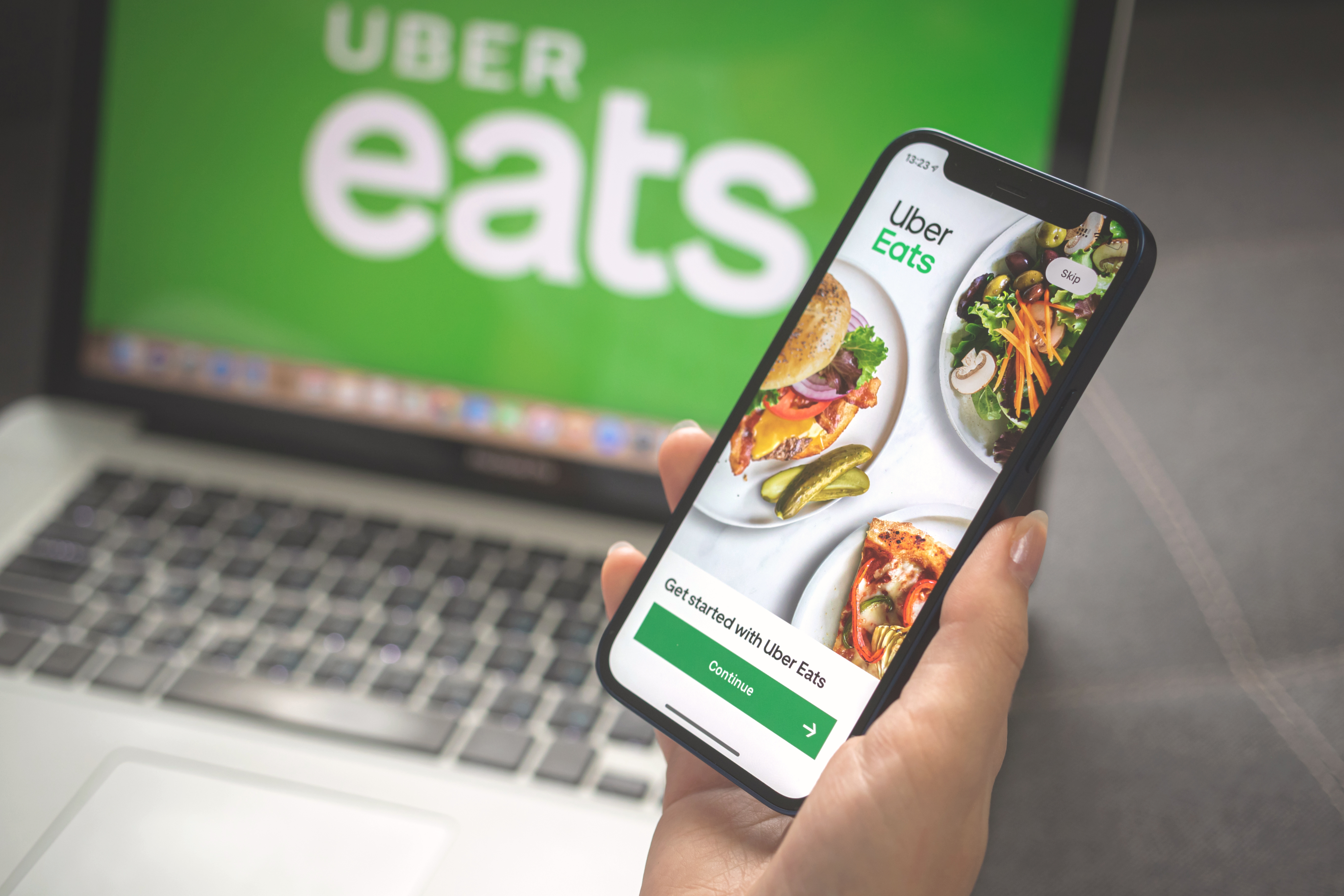Category Design Legends: Uber
Is Uber now the great disruptor of the pizza delivery game?

Uber’s genius is that it created ubering. The 5-year-old company just got valued at $17 billion based on its last round of funding. Only one other start-up, Facebook, has hit that valuation this early. Uber is worth it because it has developed its own market category – ubering – and is proving it can dominate a new transportation sector in city after city.
Digital categories are often winner-take-all markets, with the winner taking three-fourths of the category’s market share and most of the profits. And then there’s everybody else. Think Facebook, Twitter, Google and Amazon. Name the No. 2 and 3 in each category. You probably can’t.
Over the past two years, Uber has defined and developed a new digital category carved out of what used to be a gigantic analog category for personal transportation — taxis, limos, public transportation and even driving yourself in your own car. How big a market is that? Taxis alone are a $10 billion industry. U.S. new car sales can reach $1 billion a day. U.S. car rentals are a $24 billion annual business.
Add it all together and Uber’s opportunity for stealing personal transportation is — what? $100 billion a year? $200 billion? And now Uber is after the movement of stuff besides humans, like couriering packages across town. Uber is positioning itself as an alternative to any kind of local transport — and that’s a far cry from just competing against taxis.
So Uber defined this digital category of using technology to efficiently get price-competitive personal transportation anywhere, anytime. And now Uber is showing it can dominate this new space and drive its competitors into the ground.
There’s a term we’ve borrowed from martial arts: Punch through the back of the head. In other words, the toughest fighters don’t just try to hit opponents, they try to demolish them. Uber CEO Travis Kalanick and his team are punching through the back of the head. Uber’s competitors should see this latest round of $1.2 billion in funding — valuing Uber at $17 billion — as a giant fist heading at them.
What we call ‘Category King’ companies, or firms that create and dominate new markets, execute knowing it’s a winner take all game. They are relentless, unmerciful, and attack while the window of opportunity is open. Uber is attacking and dominating city by city and its only competition seems to be Lyft. (We believe there’s limited demand for hopping into a car adorned with a pink mustache).
Uber started out by going after the low-hanging fruit: Taxis. In most cities, taxis are a crappy experience. Uber introduced a completely new kind of experience, built around mobile networks: You get a car to come right to you; payment is taken care of automatically; safety and responsibility are upheld by a transparent system that rates both drivers and passengers and punishes bad actors. In the process of disrupting taxis, Uber established ubering.
Once it got momentum in San Francisco and New York, Uber started marching on other cities, picking fights the way an aggressive company must. Kalanick always insisted that Uber was legal and didn’t have to ask tax regulators permission. “If you ask permission upfront for something that’s already legal, you’ll never get it,” he told The Wall Street Journal.
In London, cab drivers went on strike to protest Uber and it backfired: With no cabs, Londoners called on Uber, and the number of people signing up for the service soared to more than eight times normal.
While expanding geographically, Uber expanded its offerings. Its lowest-priced service, UberX, is half the price of a taxi in Washington, DC. We believe some urban travelers may weigh the costs of owning a car versus simply ubering around town. If that happens, suddenly the service wouldn’t be competing just against taxis, but against buying and maintaining a car. All Uber needs to do is make trips over 50 miles inexpensive enough and—poof! – you may not need a car in an urban environment anymore.
What else can a market leader who owns a highly networked fleet of cars do with its dominance? The company is experimenting with UberRUSH, a courier service. How long before it’s cheaper for every pizza joint to use Uber for deliveries instead of paying hourly rates to have their own drivers?
In digital markets, the winner takes all because of compounding network effects. For Uber, as more consumers install the app on their phones, more drivers want to work for the service that has the most potential customers. As more drivers work for Uber, consumers choose to use the service that has the most cars available. And as the number of users and drivers mushrooms, all the data about customers and trends and car movements flows to Uber — and more data translates into deeper insights about the market. The distance between Uber and competitors will only widen.
The victor gets all the spoils — such as partnerships. Google is integrating Uber into Google Maps. AT&T is creating a partnership to pre-load Uber on its phones. Everyone will want to be Uber’s partner — not the partner of the No. 2 or 3 in this new transportation game.
Uber has created ubering, a new category, and Uber is the Category King. This new digital market has the potential to encompass all local transportation of any kind. If that happens, it won’t be long before Uber is worth a whole lot more than $17 billion.
